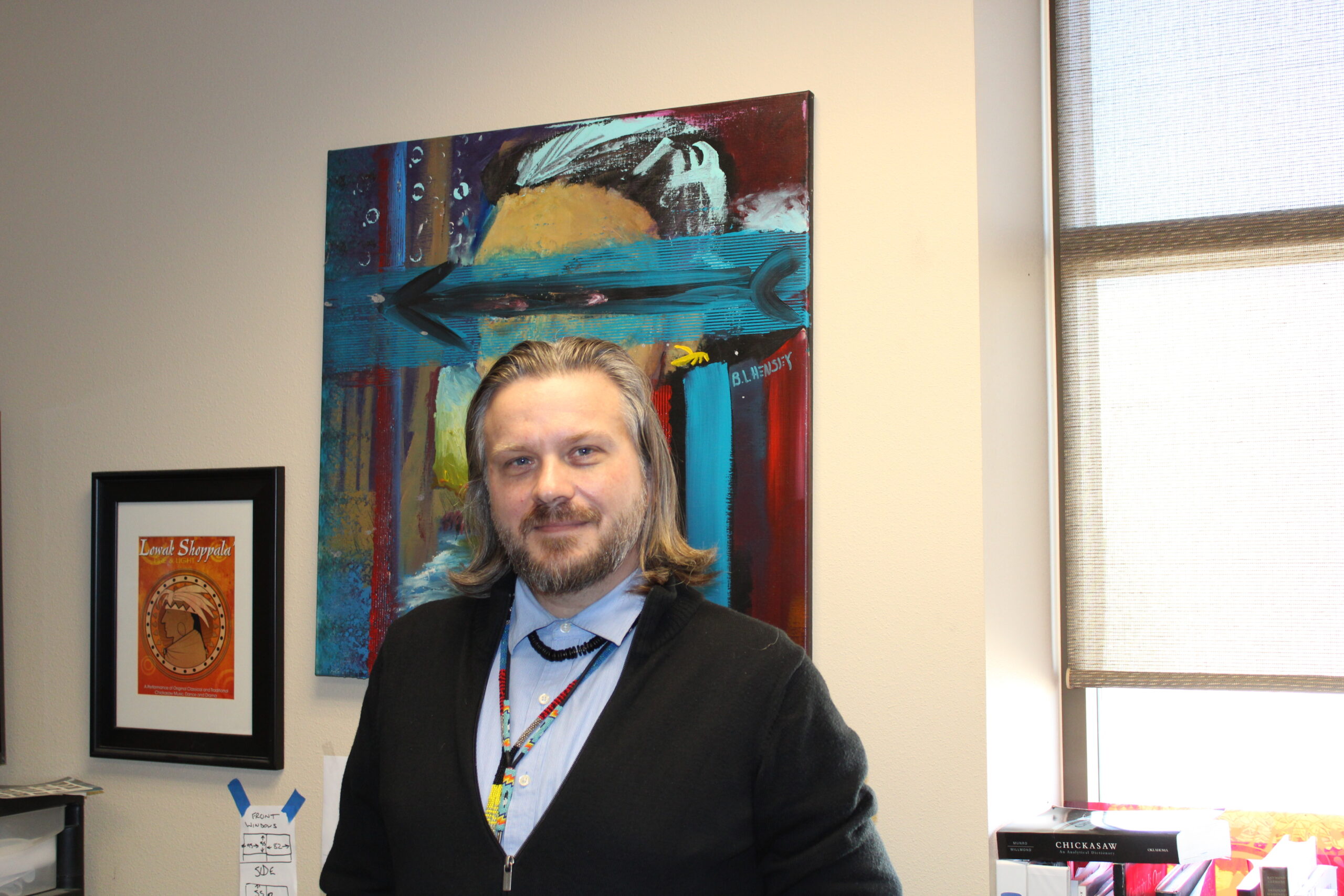
Bridging Millennia: The Fusion of Art and Technology in Cultural Preservation
October 27, 2023 by Jessika Leatherbury
By: Sunnie Dawn Baker
 Dustin Mater caught his breath as enthusiasm overtook him. He was looking at images of Chickasaw petroglyphs when he started naming the different images and figures in front of him. He had his first meeting with Stephen Alvarez, and both of them experienced lightbulb moments as Mater named and explained the photographs that Alvarez presented. In that moment, a partnership formed that would lead Mater to new ways to interact with art and his own culture, made possible through technology and innovation.
Dustin Mater caught his breath as enthusiasm overtook him. He was looking at images of Chickasaw petroglyphs when he started naming the different images and figures in front of him. He had his first meeting with Stephen Alvarez, and both of them experienced lightbulb moments as Mater named and explained the photographs that Alvarez presented. In that moment, a partnership formed that would lead Mater to new ways to interact with art and his own culture, made possible through technology and innovation.
Mater and Alvarez’s relationship places art and innovation at the forefront. Alvarez, a National Geographic photographer, founded the Ancient Art Archive after a realization came to him while standing in a 36,000-year-old cave in France. As he examined the cave paintings, he felt the artist across the millennia speaking to him. He knew in that moment that he needed to do something to preserve the cultural knowledge of rock art, not just to save the images from climate change and human interaction but also to share these sites with the rest of the world.
After founding the Ancient Art Archive, Alvarez initiated his Mural of America project. He would enter a cave or ancient petroglyph site and take tens of thousands of photographs. Within the caves, he took special care to use the correct lighting—not the harsh fluorescents of the 21st century, but the flickering flame light that the images would have been created with and originally seen. Alvarez wanted to recreate the artist’s original experience as authentically as possible. As Alvarez carefully enters these tight spots, navigating crevices, he is doing the same thing that the ancient artists once did; this allows him to put himself in their spot while being conscious of the fear and trepidation that had to be overcome in order to make these significant images in the first place.
After capturing the photographs, Alvarez inputs them into the Unreal Game Engine to construct a 3D model of the site. This innovative use of technology enables users to explore these culturally significant sites from the comfort of their own homes, and it also allows them to customize the experience. Mater says, “If it is an outdoor petroglyph you can adjust the light and the season.” This technology allows people to be there, in the environment, in a way that was not previously possible.
Alvarez and Mater came together after Alvarez photographed a significant site for the Chickasaw Nation. Alvarez asked Mater to be a member of his core team and Mater excitedly accepted. The partnership is significant because while Alvarez takes the photos and builds the 3D model of these ancient sites, Mater can provide cultural context as well as artistic direction and educational art programming.
Mater finds this work particularly important because it helps him establish a deeper connection with his native roots. When he was growing up, his grandmother would tell him Chickasaw stories, but he had no visual context for them. His realization came as an adult when he saw an exhibit on Eastern Woodland art at the Los Angeles County Museum of Art, connecting all the stories he had been told. These were the images that corresponded to the stories he had been told. Mater says, “It was like all those seeds my grandmother had planted in my mind just started blooming like little flowers in the desert when a few drops of water get on them.” The art exhibit enriched his mind and imagination, becoming a significant part of his visual lexicon and central to much of his own artistic imagery.
Through the Mural of America project, Mater now has the opportunity to ensure that others can have these experiences without having to wait until they reach adulthood. He is a part of the preservation of ancient cultural sites and uses these images to inform his own artwork. The images below are an excellent example of the artistic collaboration between Alvarez’ innovative project and Mater’s artistic vision. These two images were shown side by side at a lecture and exhibit they presented at Vanderbilt University. On the left, we see an image from Devilstep Hollow Cave in Tennessee which Mater recognized the figure as Falcon Warrior. On the right, is Mater’s contemporary rendering of the same image. Mater manages to modernize the image in his painting Falconman Rising from the Underworld while also staying true to the traditional imagery found in the cave site which was last utilized approximately 900 years ago.

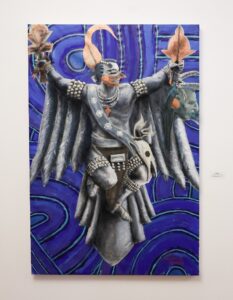
While we all use technology in our day to day lives, it also has the potential to transform the way we think about culture, identity, and our history. Dr. Joe Watkins, a Choctaw archeologist who works with Alvarez and Mater on the Mural of America project says, “Anyone with an internet connection can access the stories to learn more about the people and places that are a part of our shared cultural heritage. And our educational activities show today’s kids that American history started long before 1776.”
The Mural of America project currently features ten different sites on their website. Though nine of them are still a work in progress, one, Devilstep Hollow Cave, is complete and ready for exploration. The video, narrated by Dustin Mater, can be found here. Mater says of the project, “Whenever I see these caves and this artwork it reaffirms the ground on which we stand. It connects with people in a way that helps them see through the eyes of those who came before. It gives people a greater sense of humanity and understanding as well as preserving the rich cultural legacy that this continent is built on.”
Sign up to receive more news from the Ada Jobs Foundation HERE!
Written by
Jessika Leatherbury
You may also interested in:
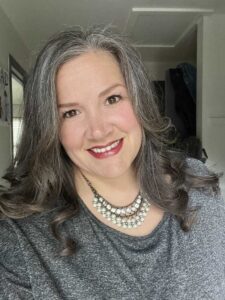
Adapt and Overcome: Allison Poe’s Recipe for Resilience and Growth
By: Sunnie Dawn Baker Allison Poe has always followed her feet. She waits for the signs to appear and, once she recognizes them, she travels that path, and has never
Jeff Warren: A Life in Sound, Vision, and Storytelling
By: Sunnie Dawn Baker When Jeff Warren got involved in the Houston music scene as a teenager, he had no clue where his path would lead. Now, nearly thirty years
From Pitch to Progress: ECU's Glass Recycling Program Turns Waste into Opportunity
By: Sunnie Dawn Baker In 2018, Dr. Christine Pappas competed in Ada Jobs Foundation’s Big Pitch Competition by promoting grinding glass bottles into sand. She won the Big Pitch that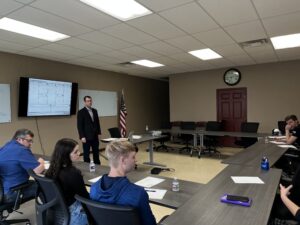
The Importance of Customer Discovery: Know Your Audience and Know Your Market
By: Sunnie Dawn Baker Entrepreneurs and small business owners must consider many factors to achieve success, with their target market being one of the most crucial. Sometimes, when people are
What Does Economic Development Do for You? The Significance of the Economic Multiplier
By: Sunnie Dawn Baker People often find the term “economic development” vague and confusing. Understanding how economic development works and benefits the community can be challenging. Though there are many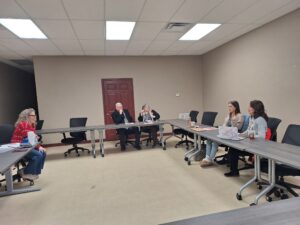
Helping Entrepreneurs One Workshop at a Time: Lauri Rowe and QuickBooks for Small Businesses
Entrepreneurs tend to be filled with passion and big ideas. They have found a solution to a problem they see in the world, and they barrel ahead, excited for their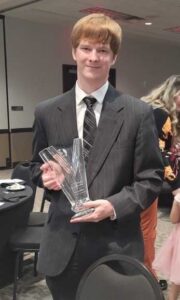
Hunter Cook: Technology, Entrepreneurship, and the Written Word
By: Sunnie Dawn Baker Hunter Cook started writing when he was seven years old. At first, he wanted to write comic books, but then he realized he couldn’t draw. He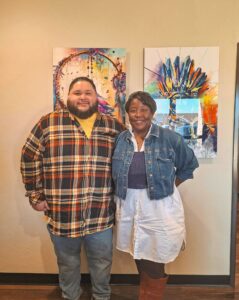
Empowering Native Artists: FAME App Brings Innovation to First American E-Commerce
By: Sunnie Dawn Baker Entrepreneurs are problem solvers. They are constantly striving for solutions to issues they see in the world or in their own lives. In the case of
Learn, Connect, and Grow: 2025 Workshops for Aspiring and Current Business Owners
By: Sunnie Dawn Baker A new year brings new possibilities, and, at the Ada Jobs Foundation, it also brings a new round of programming and workshops. As the local Economic